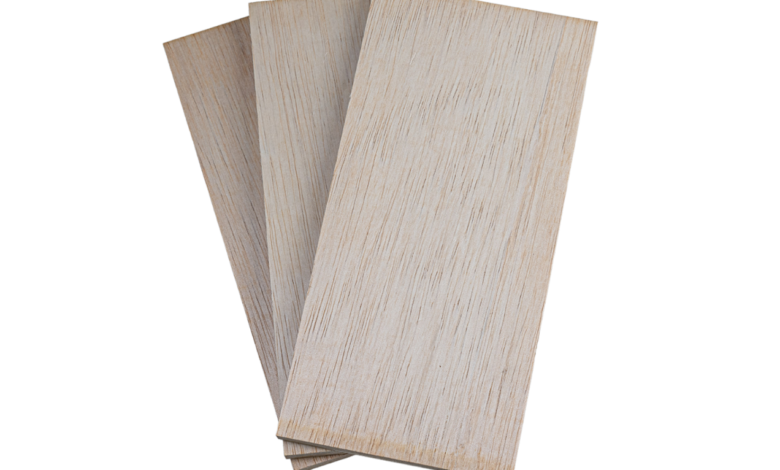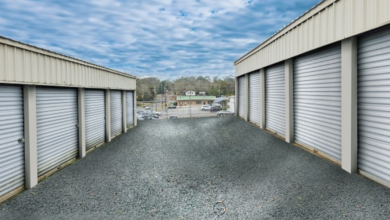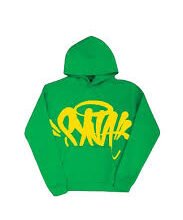
Lightweight plywood is precisely what the label states. It is lightweight and made of plywood. Its characteristics are the same as those of any other plywood, except for its weight. The majority of plywood that is less than 1/4 inch thick is regarded as lightweight. Light weight plywood can only offer a little in the way of structural strength given its weight. That is perfect if you are searching for a veneer that can bend.
Characteristics of Light Weight Plywood
To meet the specific needs of your project, light plywood should have the following qualities:
Thickness
Plywood that is less than 1/4 inch thick will be pretty thin. Specialty plywood as thin as 1/10 inch or thinner is available in certain retailers. Because of their extremely light weight, these products hardly offer any structural strength. This thin wood is also sometimes called “skin-ply.” Because it bends more readily than other types of wood, this lightweight plywood is a good choice for creating a wooden veneer when curves are required.
Wood Type
The weight of the plywood is also significantly influenced by the kind of wood used in its production. Although balsa wood is not the lightest wood available, it is the lightest type utilized to make plywood because lighter varieties are not helpful for most construction projects. Because balsa wood is so light, it can be used to make model aircraft that require less loft power to stay in the air. This is why balsa wood is so prevalent in this industry.
Veneer Core
Various methods exist for creating plywood, such as glueing larger wood chips or turning finely powdered wood particles into a board. The lightest kind of plywood available is typically hardwood veneer core plywood. Fir, a very light wood, is used to make the core of this material. On one side of the board, a wood-grain veneer is applied. However, the small weight comes at a cost because this kind of wood rarely cuts readily or smoothly and frequently has many irregularities.
How Is Lightweight Plywood Composed?
Plywood’s weight largely depends on the wood used in its manufacture. Balsa is usually the best option when it comes to lightweight plywood. Even though there are lighter woods, they would be too light to be used in construction applications. Since the construction sector is one of the most significant users of plywood, this would make it unfeasible. Balsa is heavy enough to provide structural strength and lightweight enough to bend and flex.
The process of creating plywood is not standardized. It is manufactured by compressing finely crushed wood particles into sheets in some instances or by pressing wood chips together in others. Veneer core hardwood plywood is typically the least expensive option for lightweight plywood. This plywood has a fir core with a wood-grain veneer applied to one side.
This type of plywood is often made using steam to soften a log and then mounting it on a lathe. Next, a continuous veneer strip of thin wood is removed from the log. A veneer sheet is weak across the grain but strong in the direction of the grain. A veneer is applied in multiple layers to address the issue, with alternate grain direction between the layers. The layers are held together by glue before the stack is heated and compressed to create a strong panel.
Making lightweight plywood with wood chips instead of a continuous veneer is more economical. The chips are arranged in layers during manufacturing to guarantee that the finished panel is robust in all directions.
What Are The Uses of Lightweight Plywood?
Although it may be used for many things, light weight plywood is especially favoured when creating furniture. While solid wood and heavier materials can be cumbersome, lightweight plywood is surprisingly simple. It is an excellent option for curved surfaces since it is bendable. Film sets, furniture, floors, docks, boats, skateboard ramps, interior cladding, and ceilings are among its applications.
In summary, lightweight plywood is a material to consider anytime you need something flexible, sturdy, inexpensive, and easy to deal with.
What are the Benefits of Lightweight Plywood?
There are many advantages of lightweight plywood, including:
Affordability
Plywood is incredibly affordable. Every inch of a sheet that you purchase is usable. There are no sharp edges to sand down or knots or mill markings to remove. With solid lumber, you can only sometimes say that you receive precisely what you paid for.
Durability
Plywood has consistent strength independent of the direction of the grain. This indicates that the types of hits and knocks that could harm items made of solid wood are not likely to harm plywood. These products are durable and would not break easily over time, even if you use the plywood surfaces for sitting, storing large items, and other purposes.
Environmentally Friendly
The environmental friendliness of manufactured things is rarely favourable, but plywood is an exception. Although it uses wood, it consumes much less than solid wood goods, which is excellent for the environment, trees, and your green credentials.
Great Look
The appearance of plywood is a significant factor in its current popularity. The outside veneer of the plywood can be constructed of anything from mahogany to hickory, cheerful to walnut, even if the plywood’s core is composed of material intended for everyday use. Therefore, it has all the gloss and richness you would anticipate from solid wood.
Stability
Poor quality wood products and solid wood sheets used for interior design in homes and businesses expand and contract with variations in the weather. Because of their unique manufacturing process, birch plywood and other lightweight plywood products can help you eliminate this issue in your properties by producing robust surfaces in any application.
Versatility
Because of its versatility, light weight plywood, unlike solid wood, offers us countless choices. Professionals can provide consumers unique forms and sizes based on their specific needs, shaping them reasonably quickly. Products like birch plywood are suitable for extra protective layers on other delicate surfaces and ornamental sheets due to their versatility.



